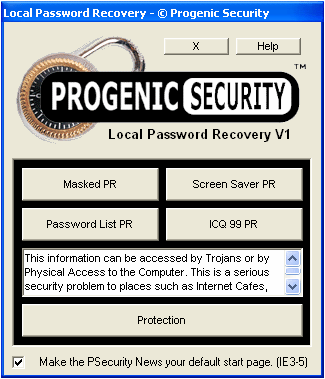Forgot your customer ID? Click here
Hello!
You’re about to visit our web page in English
Would you like to continue?
If this is not what you’re looking for,
Products
Features
Platforms
Protection
Performance
Protection
Privacy













